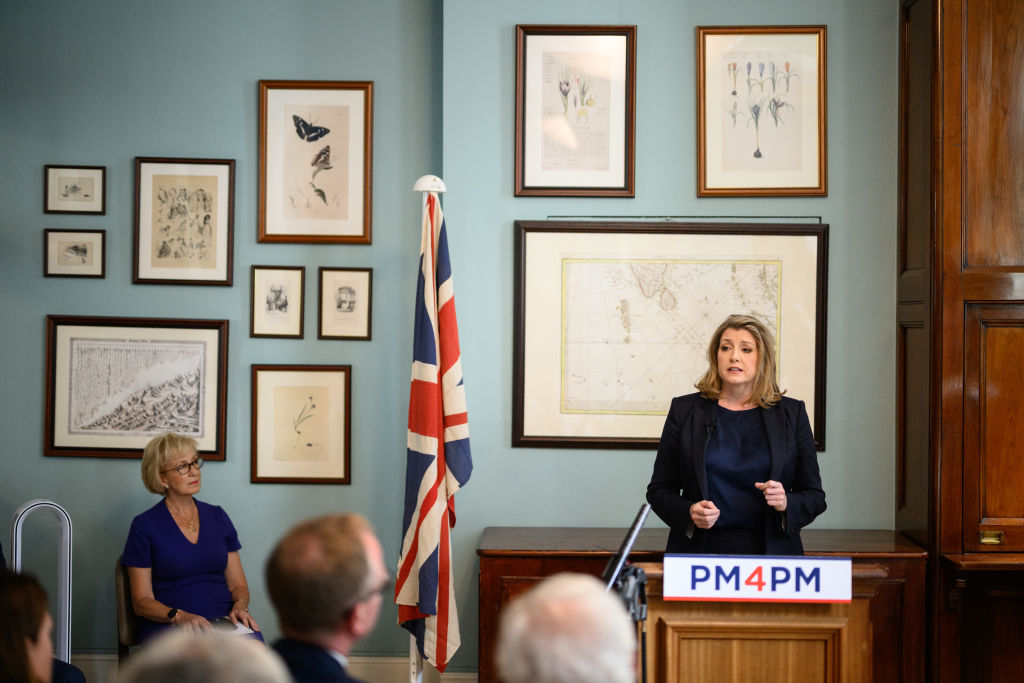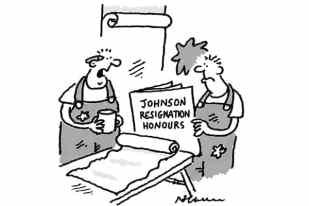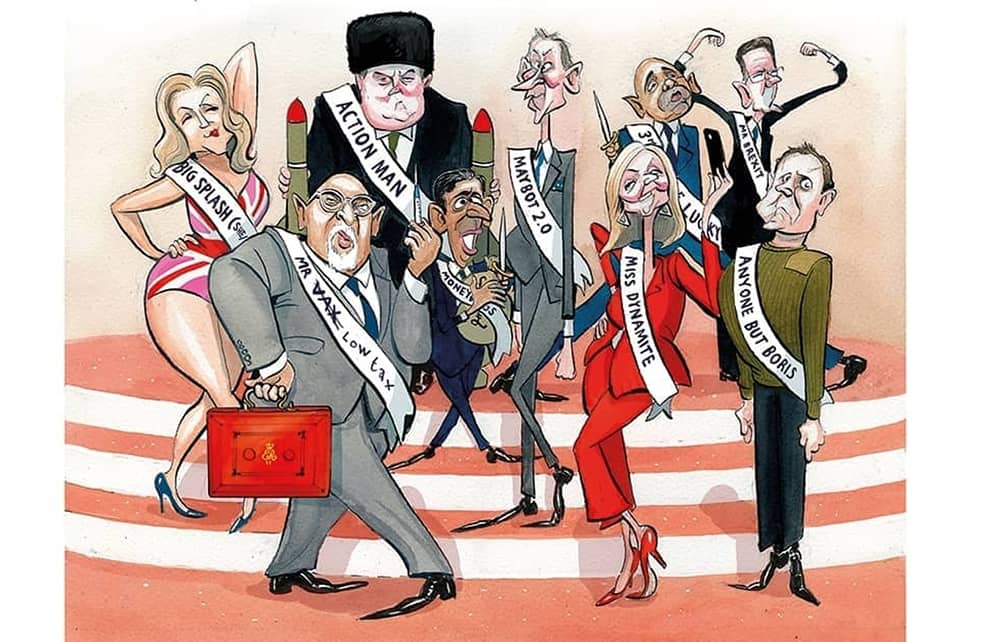The hardest thing for any political party to achieve is renewal in government. The Tories have managed it twice since they came to power in 2010. In 2016 and 2019 they changed leader – and tack – to adjust to new political realities. Their effort in 2019 was more successful, winning them their biggest majority since 1987. At both points, it was obvious that a shift on Brexit was what was required. What about this time? The answer isn’t so clear.
In some ways this leadership race is the first discussion the Conservatives have had about their ideological direction since the 2005 leadership contest between David Cameron and David Davis when the party was in opposition. In 2016 and 2019, Brexit and personality so dominated the race that few other issues were discussed. This contest is already a far more wide-ranging debate than either of those campaigns were.

Covid disguised and exacerbated the Tories’ lack of a clear post-Brexit prospectus. (This lack of an agenda perhaps explains why so many of those in the running – including the trade minister Penny Mordaunt – are those who have not held high office in recent years.) For almost two years the government was fire-fighting, trying to work out how to handle the pandemic. It got some parts right (vaccines and furlough) and others wrong (prolonged school closures; Test and Trace).

The problems left by the pandemic make a new agenda all the more urgent. Public services have huge backlogs – and it is hard to imagine how the Tories could win an election if the NHS waiting list is touching ten million. From delayed passports and driving licences to transport strikes and flight cancellations, there is a sense in the country that things don’t work any more.








Comments
Join the debate for just £1 a month
Be part of the conversation with other Spectator readers by getting your first three months for £3.
UNLOCK ACCESS Just £1 a monthAlready a subscriber? Log in